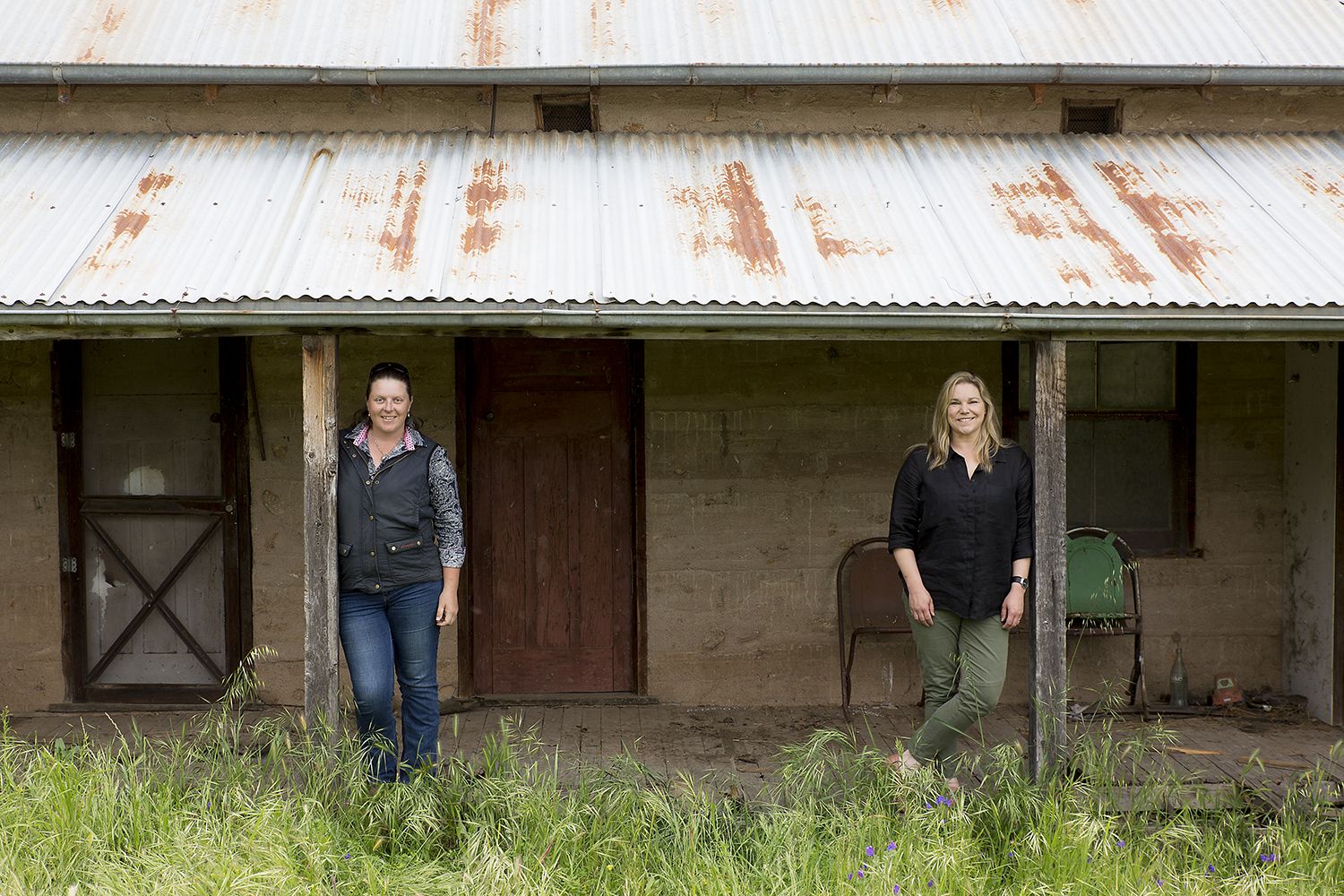
Kim Storey and Cassie Gates: Challenging the stereotype – what does a farmer look like?
15 March 2017EnviroVeg Program for promoting environmental best practice in the Australian vegetable industry
26 March 2017This project was undertaken to examine the potential benefits of using degradable polyethylene films in horticultural crops. Trials were conducted using degradable film on potato crops in North West Tasmania during the 2009‐10 (year one), 2010‐11 (year two) and 2011‐12 (year three) seasons. The original project proposal aimed to evaluate potential water savings, nitrogen fertiliser savings and yield benefits with use of the film on early planted potato crops (particularly processing potatoes). During the project it became apparent that the potential benefit from use of the film may, in fact, be in early harvest and access to early season markets. In Tasmanian processing crops, there are currently no benefits in earlier harvest and for the film to be economic in processing crops, a yield advantage is required. In year two and, particularly, year three, project focus changed to fresh market potatoes and aimed to examine the advantage of earlier emergence and earlier crop development to access early season markets. Crop emergence was about one to two weeks earlier with use of the film. Crops examined were planted in August and September and there may be greater benefits with use of films in earlier planted crops. Trials were conducted on ferrosol soils, and results indicated that there are potential water savings early in the season (1‐2 irrigations). Further work may be warranted on different soil types. It is likely that adequate soil moisture at the time of laying film is important. Further development of this technology will require development of weed management strategies, film laying machinery and degradation of buried film by harvest time. Further evaluation using other potato varieties, in different soil types, and earlier planting times, may also be warranted.
